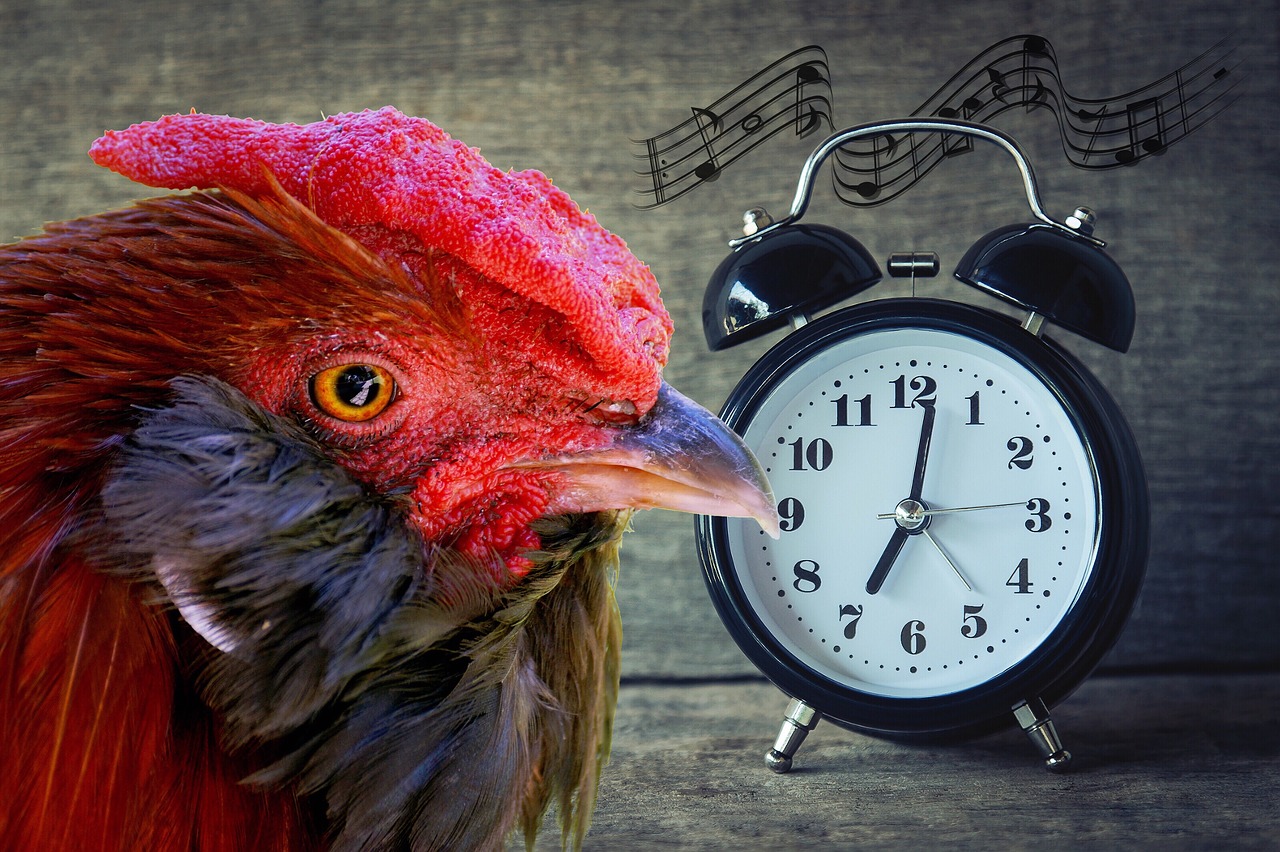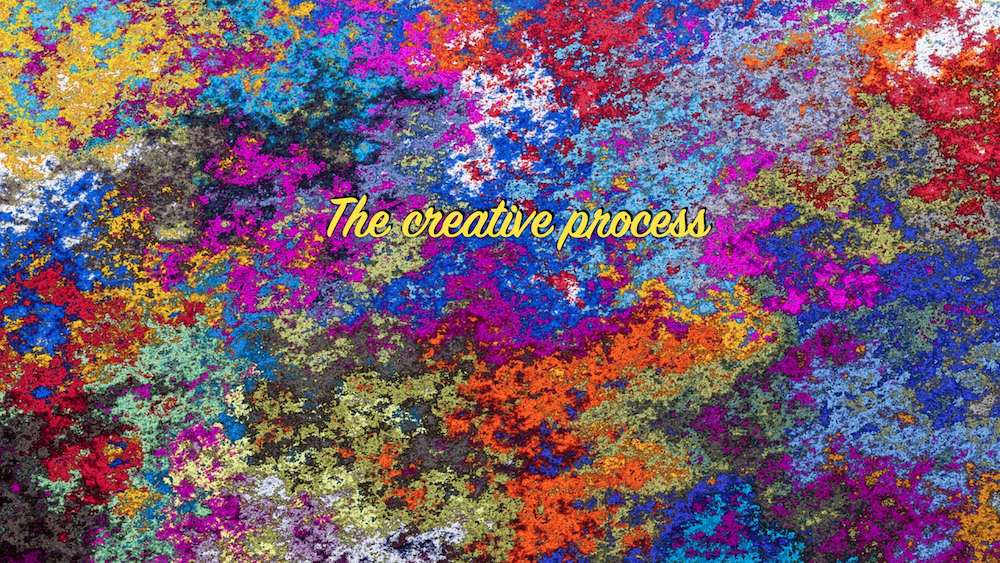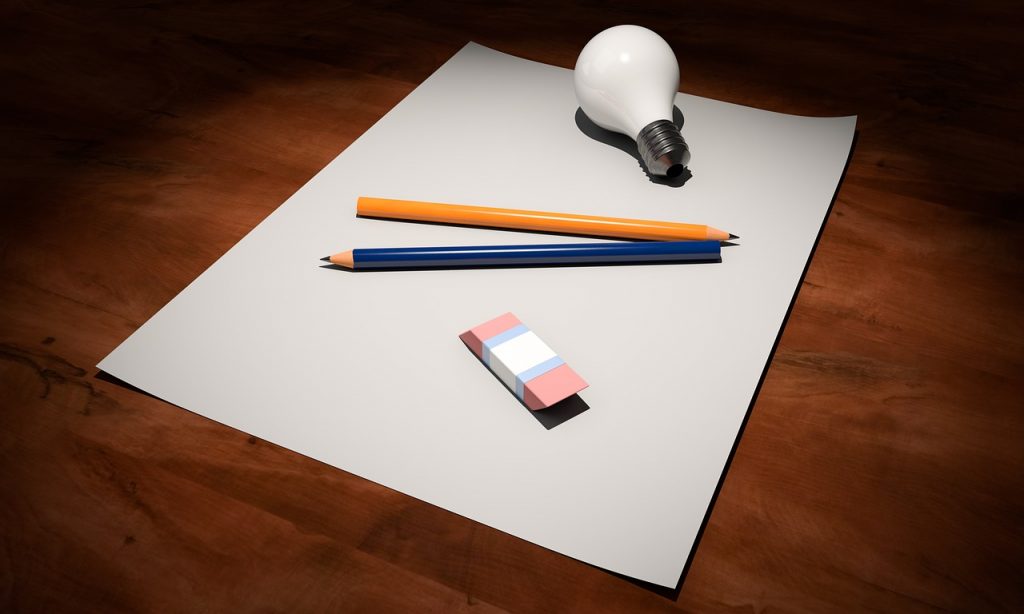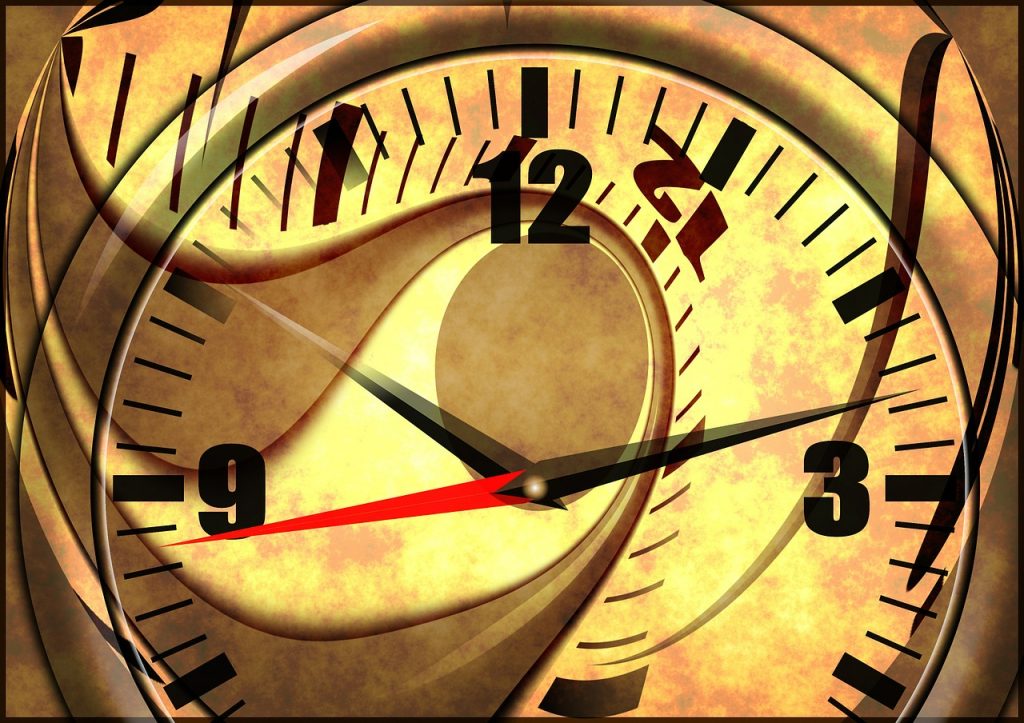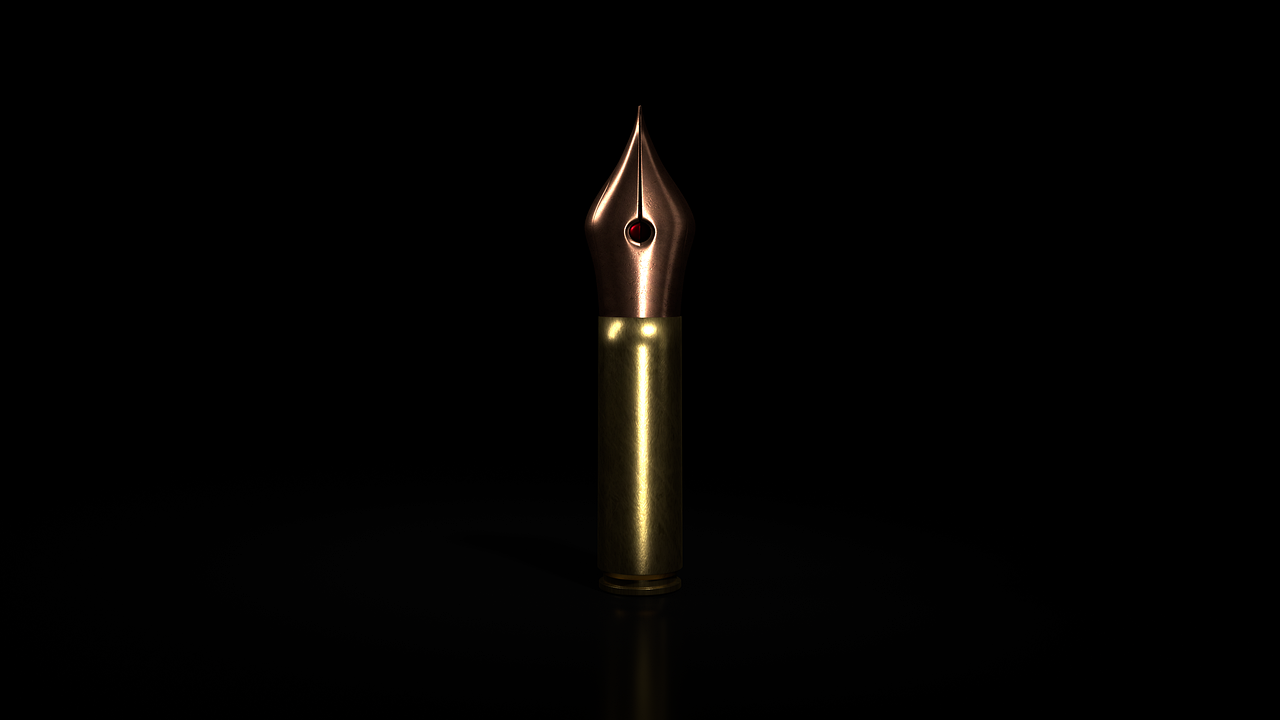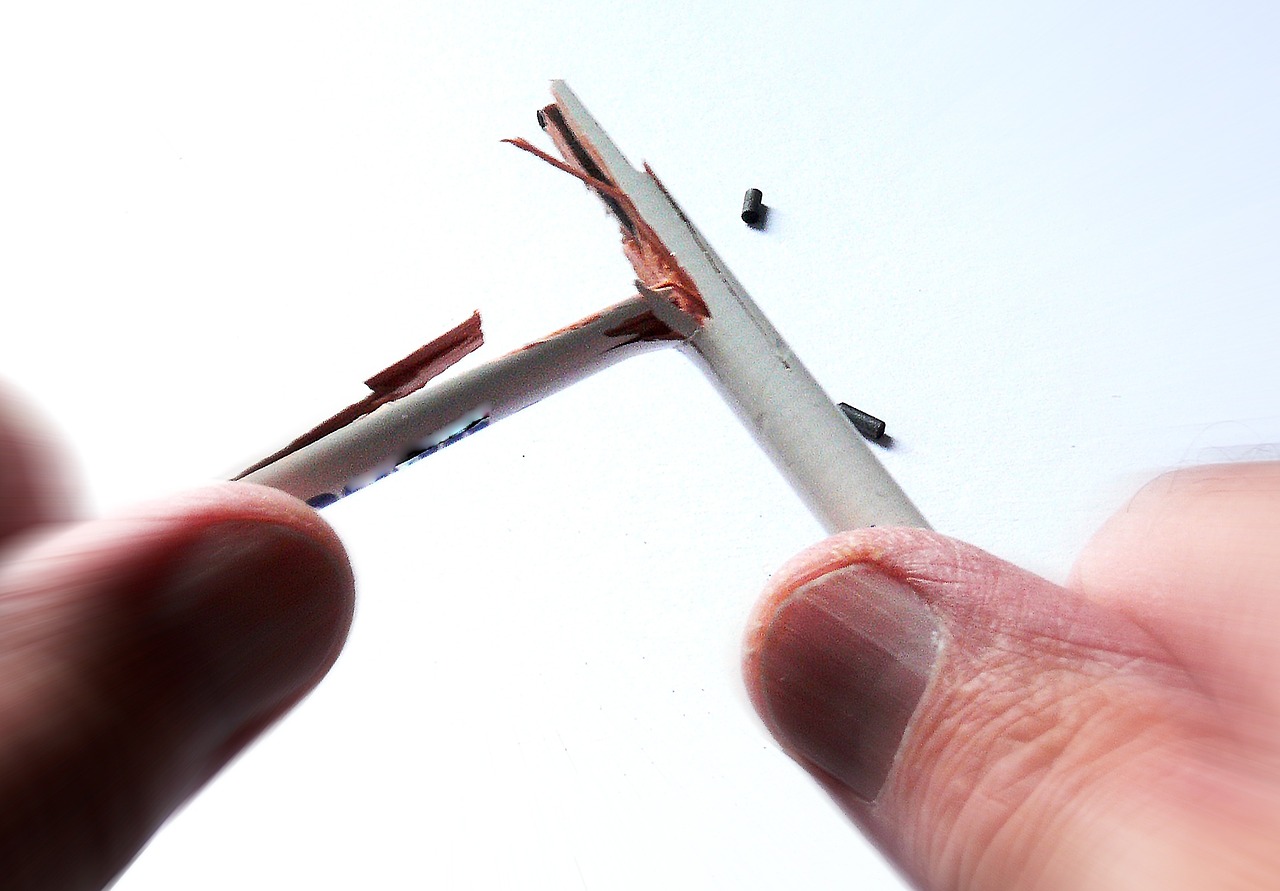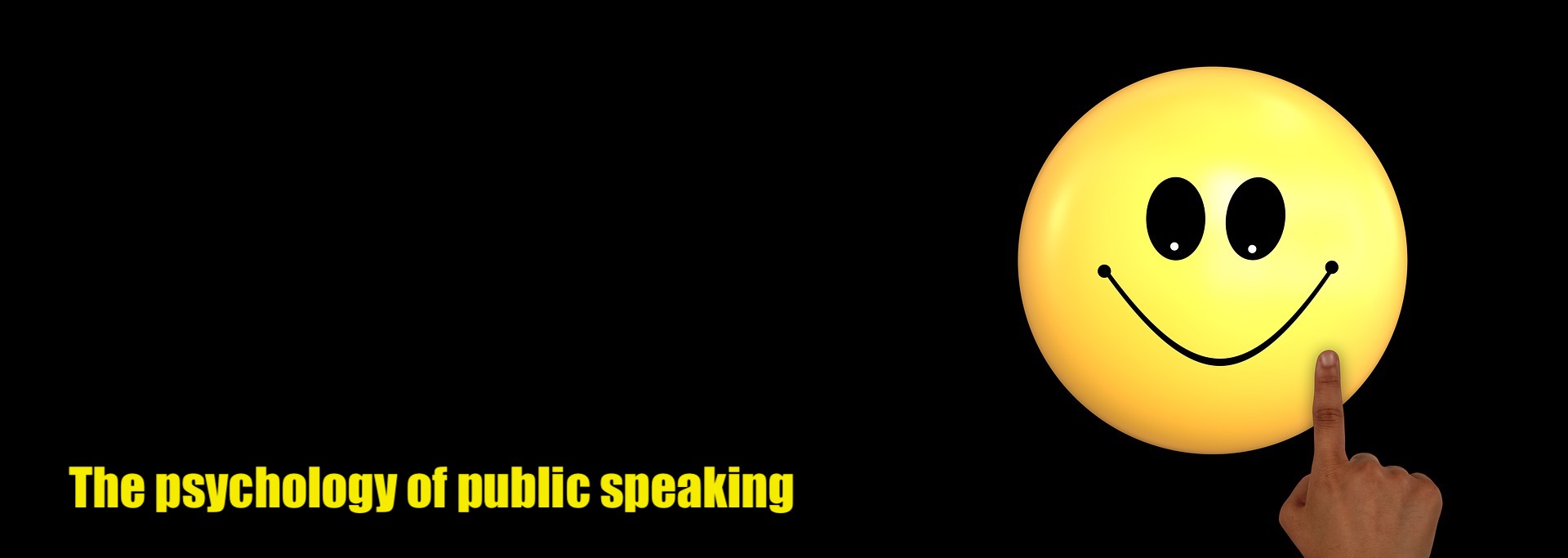Be early
If you’re asked to speak somewhere, arrive early. It can make a huge difference. Why? Let me give you three reasons:
Disasters
If you leave early you have extra time to handle disasters. The most common disasters I have encountered are traffic jams and delayed planes. By the way, iif you’re flying in, do so the day before.
Other disasters can happen after you’ve arrived. No parking. The speaker before you didn’t show up (this happened to me once, I was able to take his slot) Logistical changes.
Tech
Technical support can make or break your performance. If you use slides or sound the configuration needs to be tested. I mostly present from my own laptop, and getting it to work with the system takes anything between a minute and an hour. Usually I’m finished within 5 minutes, but I’ve had several occasions where I got to work with a very professional tech crew and it still took us an hour to get things working.
Stress
You want to arrive relaxed and on top of your game. Speaking itself is stressful enough and you don’t want to start cold from the trip. That shows in your performance, and not in a good way.
Arriving early may mean getting up early and forfeiting that wonderful sleep time. But it pays off in less stress and a better presentation.
Are you a professional?
But the fourth and most important reason is that you will be perceived as a professional if you show up early and prepared. Your reputation is important, and congress organizers do remember those speakers that show up late, try to plug in their laptop and then start shouting at the tech crew if it doesn’t work.
If you might be late
But of course, there are situations where you just don’t manage to build in enough time. Apart from trying to avoid those, here is how you can minimize the risk: preparation and communication.
- Get to know as much as possible about the projector and sound system. I found that if they have a HDMI and VGA connection, I’m safe. VGA, although outdated, never gave me any trouble.
- Send a backup presentation the day before that they can install on their computer. Since I present using Keynote that usually means transforming it to Powerpoint, which makes the slides look slightly less professional. But who cares if things go wrong and it saves your presentation.
- Be ready to present without slides. This might need some training, but it might be your best investment ever.
- Keep the organizers posted on where you are, what’s happening, and what your estimated time of arrival is. Always bring the phone number of an organizer that is present at the location.
Things happen. One day you might be too late for your speech. If so, be professional, take responsibility. Do what you still can for the organization, and don’t charge your fee. Save your reputation. But better is to do everything you can not to get there.


